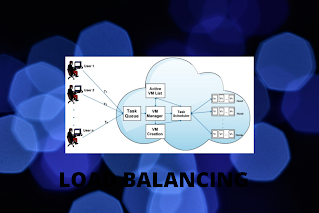While Grid Computing and Cloud Computing have numerous features in common, they also have distinctions that could make one favorable within the other in some cases.
While they are not mutually exclusive and one can be used within the other, let's take a first look at what they have in common and then explore their differences.
In the user's perspective, both grid and cloud computing looks very similar.
This is because abstraction is one of the necessary options of both.
Although several complex computing processes take place, the user does not have to understand the details of the methods that are performed.
These processes are essentially masked (abstracted) through the simple interface with which it interacts.
Receive input and output in an easy to use way.
Both types are forms of distributed computing that use multiple servers and save computing with a kind of specialization.
In cloud computing, the user has access to a variety of services without the need to invest in the architecture to use it.
It offers many different services, from generic text processing to web hosting and custom software for any specific company, which can be used without the need for software and hardware that would be required without the cloud.
The services provided can be improved as a result of additional hardware and memory accessibility.
And you can store objects of almost any size, small or large.
In Grid Computing, considerable work, controlled by a system, is divided into individual tasks that are performed separately in equivalent time.
However, although interdependent tasks can be carried out, it significantly slows the procedure.
This is the reason why grid computing is ideal for jobs that have been parallelized, or the code is divided into parallel tasks, rather than interdependent tasks.
Grid Computing jointly accesses a variety of servers, creating the use of their untapped process power.
On the other hand, it is not the most efficient for storing small amounts of data.
It is more suitable for calculating intensive operations.
While you will often find grid computing around the back end of a computational cloud or perhaps a cloud within a computational grid, each of these features has its own unique set of features that make it suitable for different jobs.
Cloud computing can combine a wide variety of services to present the consumer with an optimized result without problems.
Grid computing can handle very intense tasks using high processing power and do so in a short time due to parallel processing.
It is easy on the surface to confuse the two when you compare grid computing with cloud computing in more detail, you can see that, although they have many.





No comments:
Post a Comment
Please don't add any spam link in the comments.